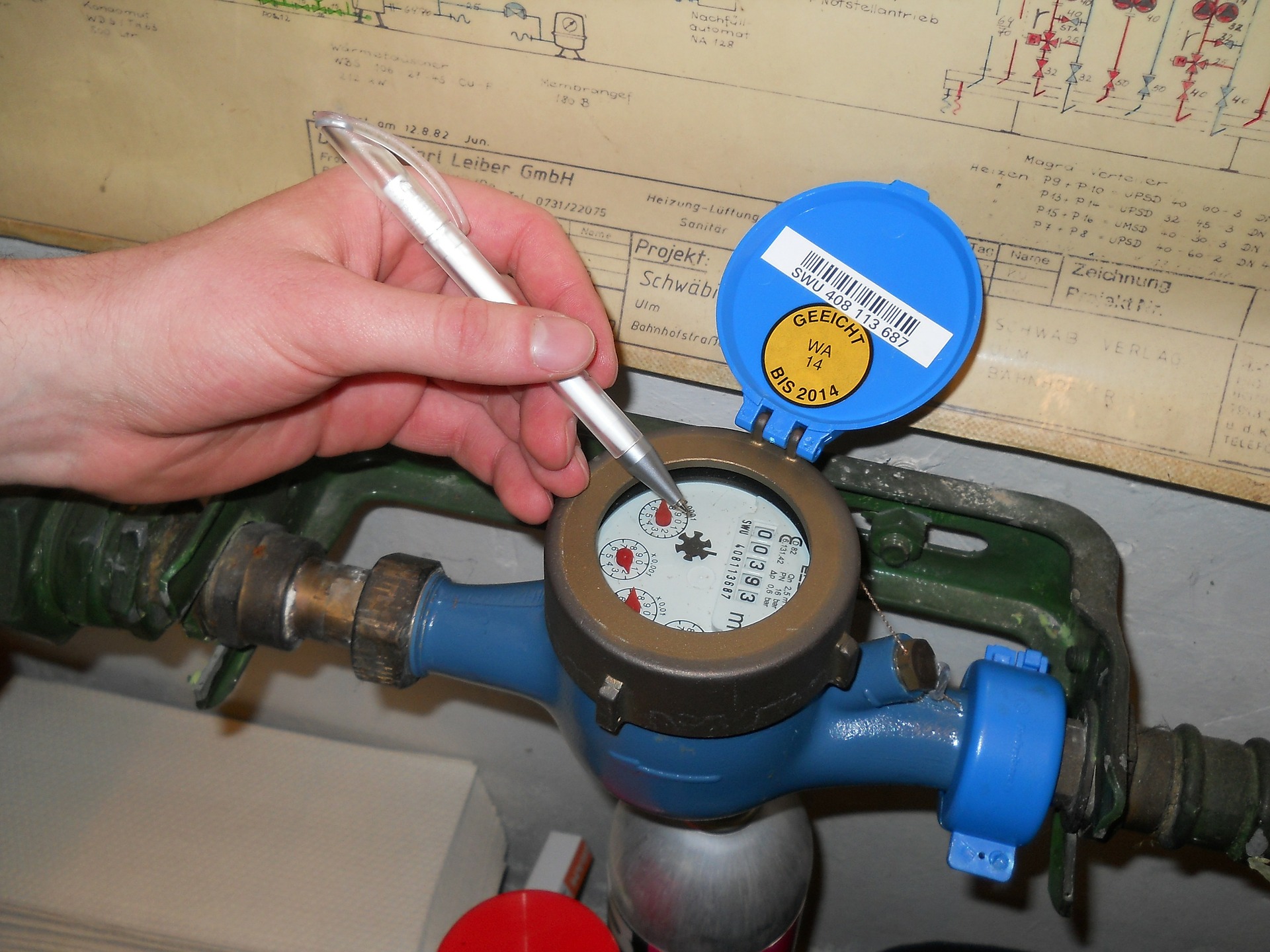Originally posted at the Public Policy Institute of CA.
By Lori Pottinger.
Understanding California’s balance sheet for water—how much there is, who has claims to it, and what is actually being “spent”—is key to effective and sustainable water management, especially during droughts. But the state’s system of accounting is outdated and ineffective for managing some of our biggest water challenges, according to new research from the PPIC Water Policy Center.
A group of water management experts gathered to discuss the topic at a PPIC event last week.
“The drought has spotlighted weaknesses in California’s water accounting,” said PPIC researcher Alvar Escriva-Bou. These weaknesses make it harder to manage groundwater, water for the environment, surface water allocations, and water trading, he said.
Better information about groundwater use and claims is an especially urgent need. Lance Eckhart, director of basin management and resource planning for the Mojave Water Agency (which relies 100% on groundwater), said, “It’s probably going to take a generation” to bring the state’s over-drafted basins into balance. “The way you do that is by collecting good data…to quantify how much you have going in and how much is going out.” A lack of good information increases conflict over the resource, he said.
Tom Howard, executive director of the State Water Resources Control Board, noted that California has made “huge improvements” in managing information about water rights in the past six years. “But there are still a lot of blank spots” in the state’s water accounting system—for example, understanding how much water returns to the system from farms.
The drought revealed major weaknesses in how the state accounts for environmental water. Maurice Hall, associate vice president of water for the Environmental Defense Fund, said tightening the system of environmental water management through better information would allow managers to “specifically put the water where it needs to be for the fish and wildlife” and enable them to “defend the actions we are making for those wildlife.”
The issue of cost prompted a lively conversation about how we currently value water and how to fund the modernization of the system. Ellen Hanak, director of PPIC’s Water Policy Center, put the cost in context: “California annually spends $31 billion on our water system overall… And then look at the size of our economy—over $2 trillion. In the scheme of things, we ought to be able to find a little more money to do these kinds of things.”
Escriva-Bou and Hanak are coauthors of a new report that compares California’s water accounting systems to those of 11 other western states, Australia, and Spain. The authors identify gaps in California’s water information systems, and propose a dozen ways to bridge them.





